Thousands of Flower Mirrors丨Flower Mirror*Ornamental Grass SHOW
"Ornamental grasses" is a general term for a class of herbaceous ornamental plants with beautiful shapes and rich colors. They are naturally elegant, unrestrained and free-flowing, full of natural wildness. In addition, they have extremely wide adaptability to the growing environment and are easy to plant . In recent years, they have gradually become popular among people.
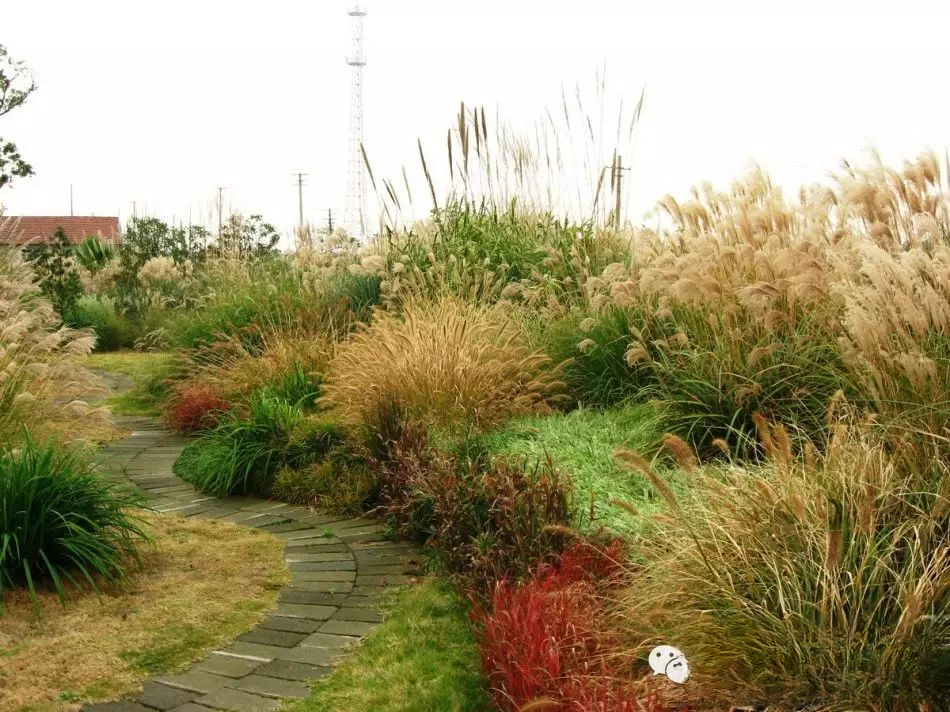
Development History
The earliest application of ornamental grasses abroad can be traced back to the Victorian era. At that time, it was not used in landscape design, but was depicted in paintings by painters. Later, ornamental grasses were widely used in Western gardens. The natural and wild style deeply attracted people. Ornamental grasses were already used in gardens in Europe before the Renaissance.
By the mid-20th century, the popularity of lawn grasses had led people to neglect the value of ornamental grasses. As people's requirements for water conservation and low maintenance in gardens increased, ornamental grasses regained attention in the 1970s. Today, ornamental grasses have become a new favorite for environmental beautification and greening in developed countries in Europe and the United States, and together with many perennial flowers, they form a sustainable natural garden landscape.
Morphological characteristics
It has fibrous roots and graceful stems. The tillers of a single plant are dense and cluster-like. The leaves are mostly linear or linear-lanceolate with parallel veins. In addition to green, the leaves are also eye-catching emerald blue, white, gold and even red. Some species have yellow or milky white or red stripes between green. The flowers are small, and the inflorescences vary in shape, including cymes, panicles, and capitulums. The inflorescences are often densely covered with soft hairs, shaped like feathers, and come in a variety of colors such as green, golden yellow, reddish brown, and silvery white, making them colorful.
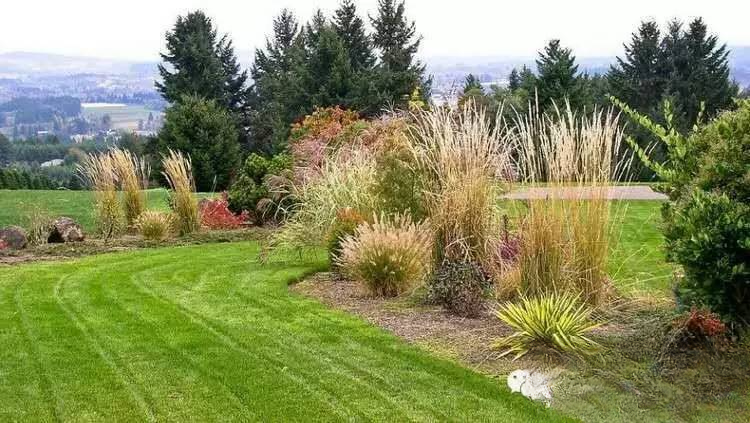
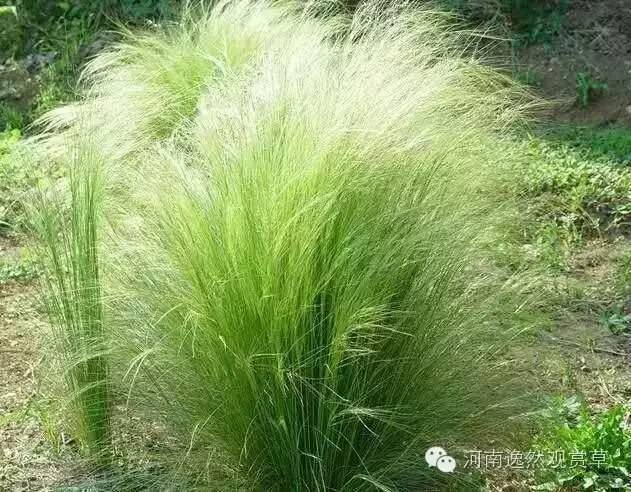
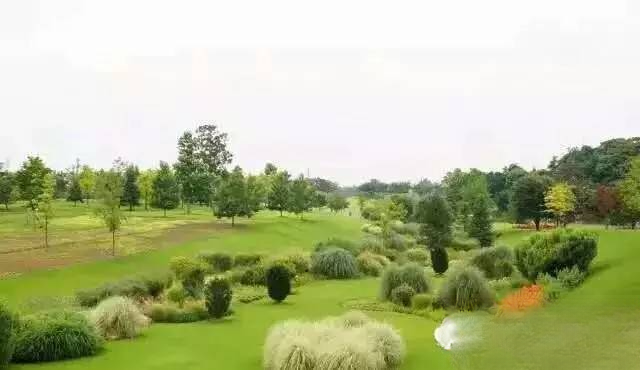
Biological characteristics
1) Low maintenance cost
In some commercial landscape settings, low-maintenance plants that require little or no water or nutrients have an advantage over other herbaceous and woody plants that require specialized maintenance. Home gardeners also particularly appreciate the low maintenance of ornamental grasses because they want to spend more time enjoying the beauty of their gardens rather than cleaning or spraying. Many ornamental grasses require only a simple mowing once a year.。
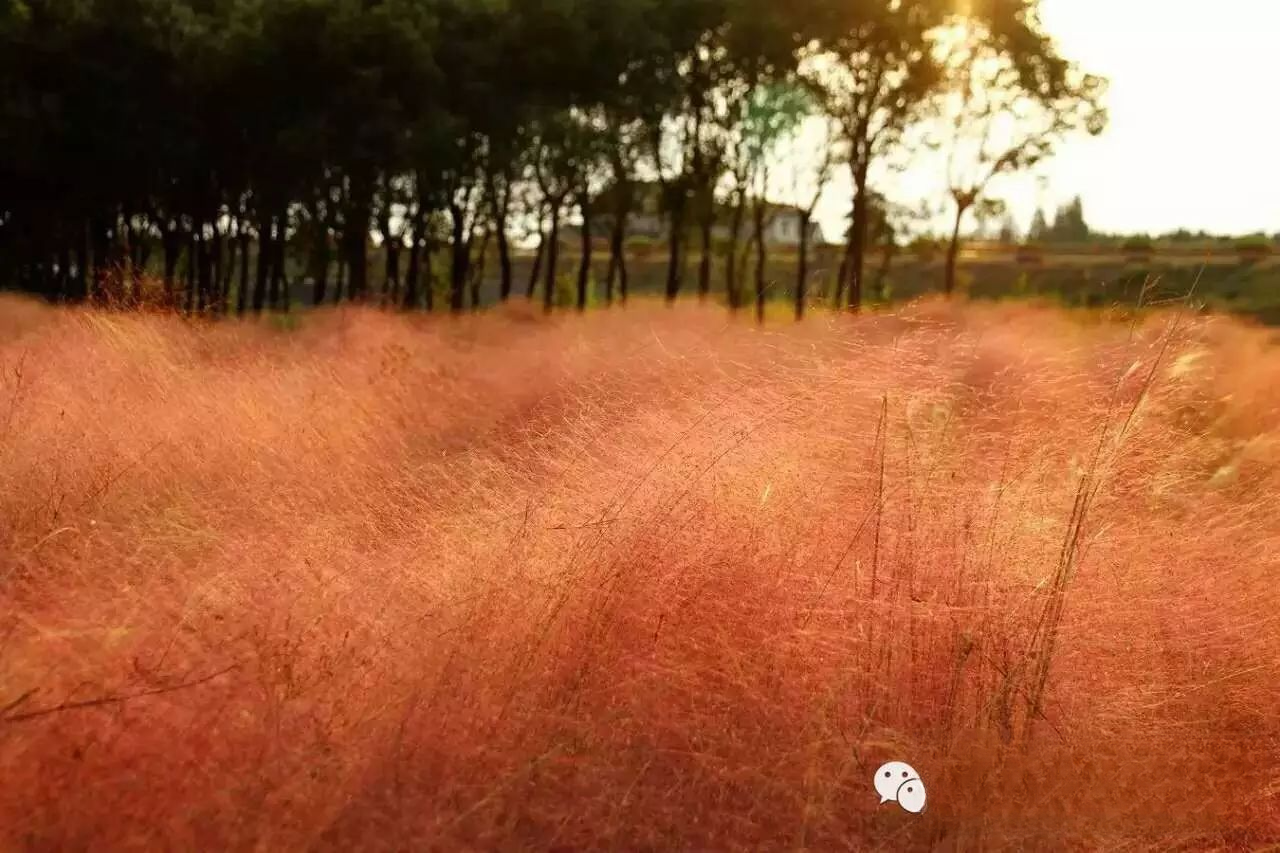
2) Strong environmental adaptability
It is suitable for cultivation under different site conditions. It can grow in soil with good fertility and water conditions, and can also be planted in poor and arid soil. Some varieties can even grow on abandoned open spaces and construction waste, producing good coverage and ornamental effects. In most cases, it can grow healthily with only natural precipitation, and the growth rate is fast. It can reach the height of a mature plant in one growing season.
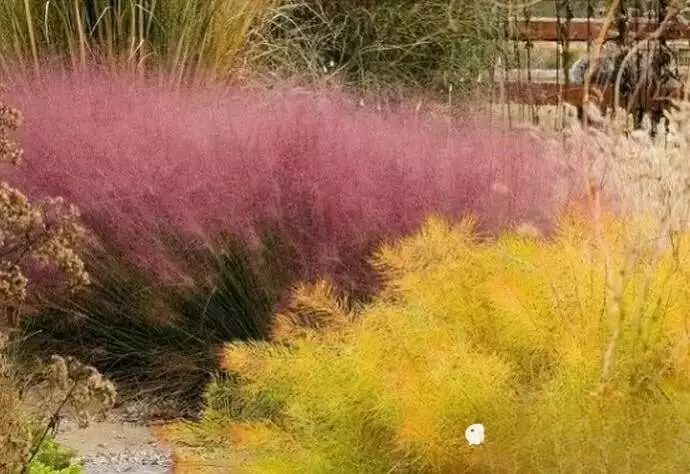
3) Strong resistance to diseases and pests
Most ornamental grasses have strong resistance to diseases and pests, and basically do not require spraying with pesticides during their growth process. This is very popular in modern times when calls for environmental protection are growing louder.
At the same time, ornamental grasses also add unique colors, dynamics and sounds to the landscape, which are conducive to building low-cost landscapes. Some aquatic grasses, such as water plantain and water candle, can not only decorate the water surface, but also absorb impurities in the water and purify the water quality.
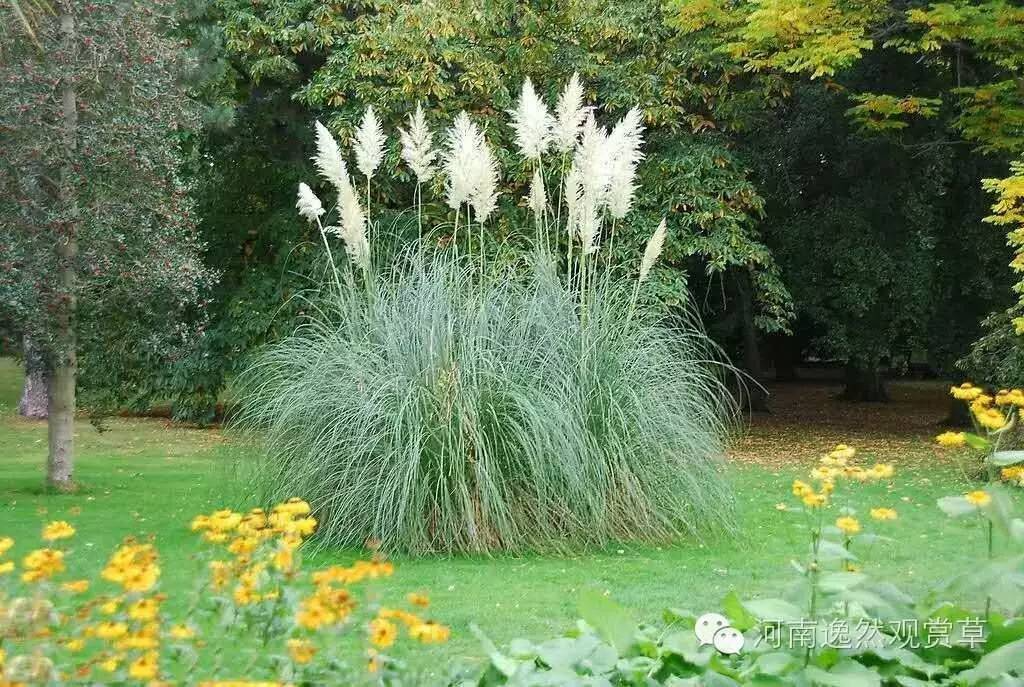
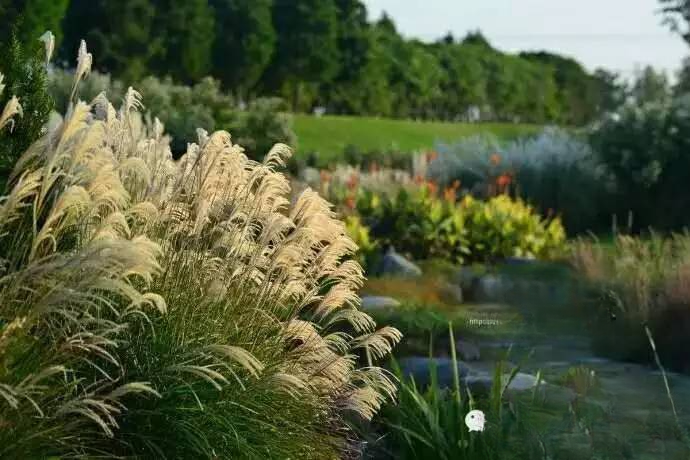
Ecological effects
The tall plants with lush leaves can form a windbreak ; the strong root system can consolidate the soil and protect the slopes to prevent soil erosion ; they can also provide habitats for beneficial creatures such as butterflies and birds.
Ornamental grasses are widely used in garden landscape design because of their strong ecological adaptability, strong cold resistance, good drought resistance, strong disease and insect resistance, and no need for pruning.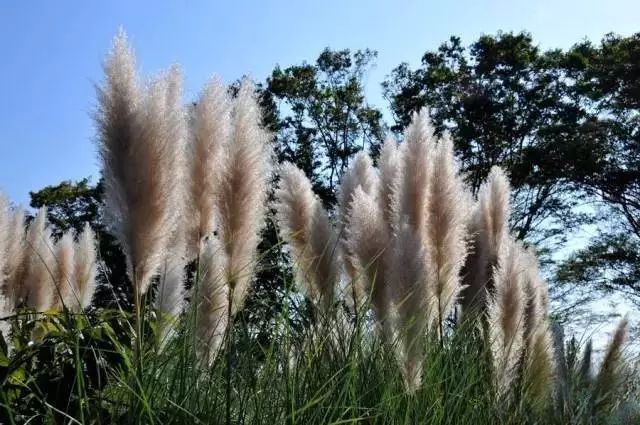
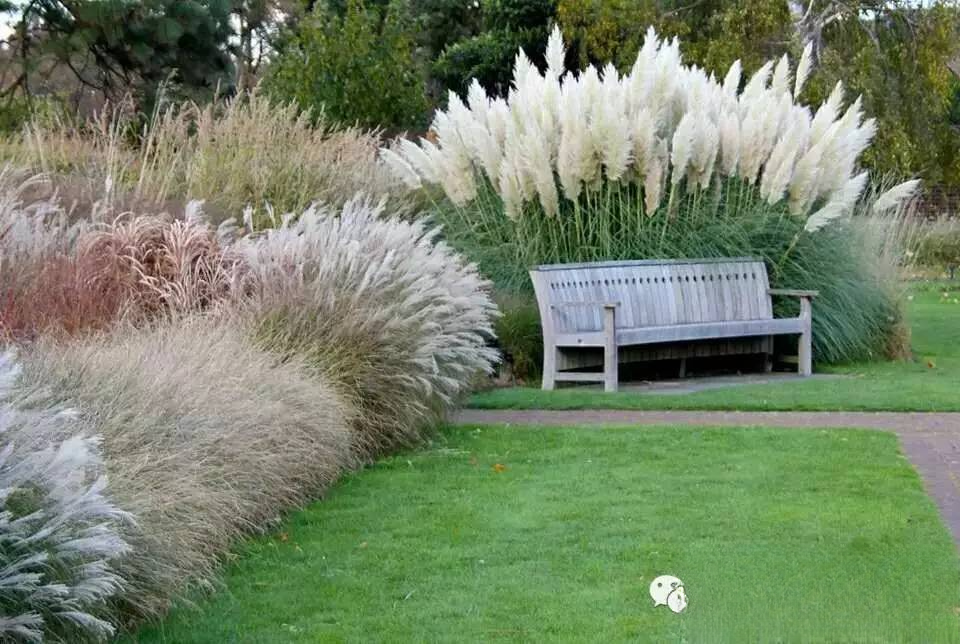
Aesthetic Value
There are scenery in all four seasons: spring and summer for viewing leaves, autumn for appreciating colors, and winter for enjoying the catkins; the wind blows the grass, the sound is pleasant, and the dynamic landscape is beautiful; the shape is simple and returns to nature, which is suitable for the beautification of modern stone forests.
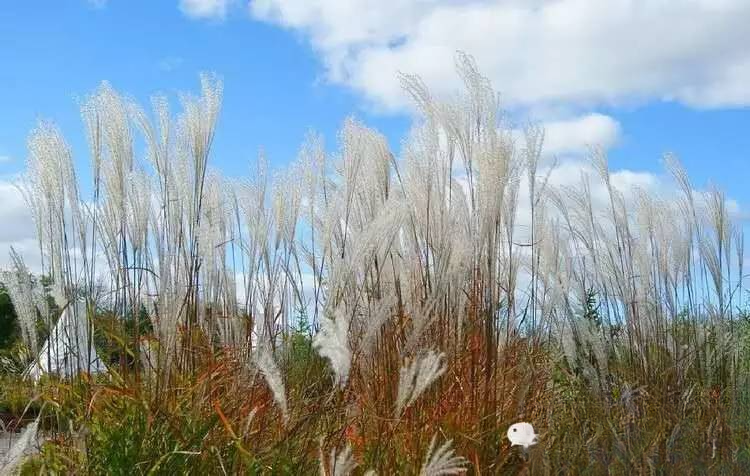
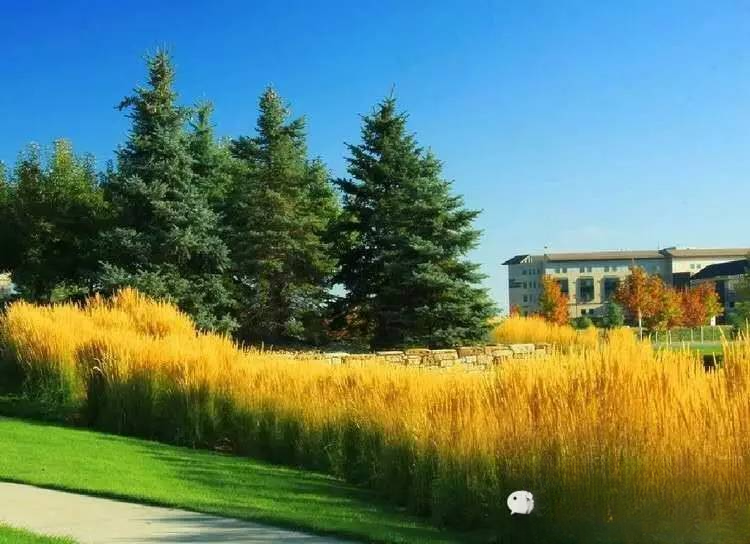
There are scenery in all four seasons. In spring and summer, you can enjoy the leaves, in autumn, you can appreciate the scenery, and in winter , you can enjoy the catkins. The wind blows and the grass rustles, the sound is pleasant , and the dynamic landscape is beautiful. The shape is simple and natural, which is suitable for the beautification of modern stone forests.
Shapes and lines
The plant and leaf shapes of ornamental grasses are diverse and varied, with plant heights ranging from a few centimeters to several meters. Some are tall and upright, such as reed, some are short and hard, such as blue fescue, and some are soft and flowing, such as moss.
When planted alone, they can form a focal point or accent, contrasting sharply with surrounding round or small plants. When these upright forms are repeated, they can form unique lines and even create dramatic shapes and patterns.
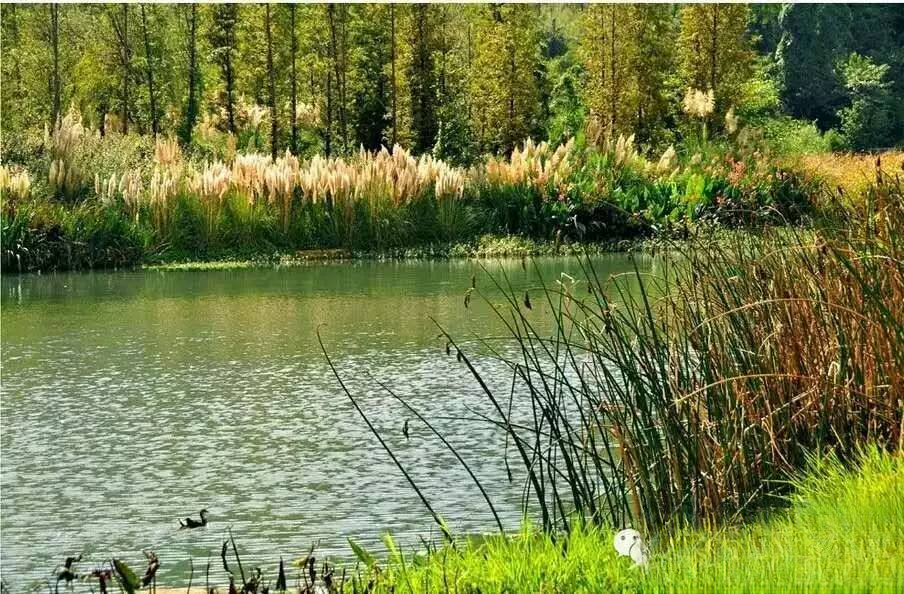
Leaf Color
Ornamental grasses are colorful, with a good balance of shades. In addition to the rich green, there are also natural and simple golden yellow, noble and magnificent golden yellow, romantic and passionate red, elegant and cold blue and even strange black. Some precious ornamental grass varieties have stripes and spots on their leaves, which greatly enhances their ornamental value. The color of the ornamental grass leaves changes with the seasons, from light green in spring to golden yellow in winter, greatly enriching the landscape colors of different seasons.
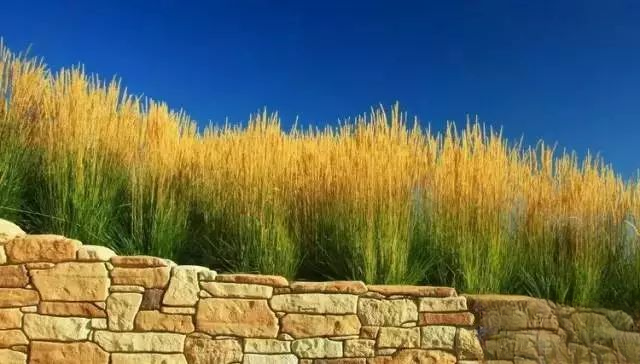
Leaf shape
In addition to attractive colors, ornamental grasses also attract attention with their novel leaf shapes. Common leaf shapes include wrinkled leaves or leaf edge wrinkles, and the more unique ones are the "duck web" series that are extremely similar to duck webs, with spiral leaves in the shape of "helical". Even in the cold winter, many dry ornamental grass leaves still do not fall off after changing color, and some stand firm or sway in the wind, adding a charming landscape.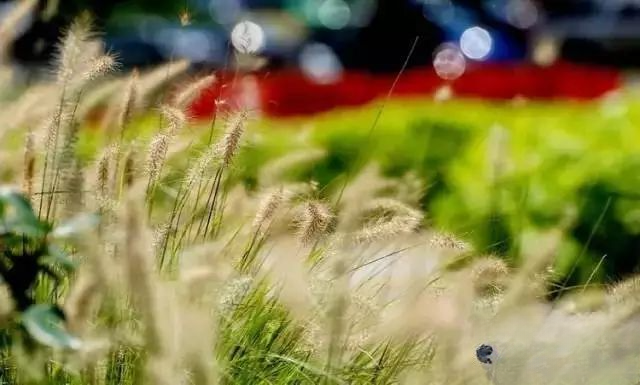
inflorescence
The inflorescence of ornamental grasses is unique and spectacular. Although they do not have beautiful and bright flowers like ornamental plants, their unpredictable inflorescences can also produce unique beauty. For example, the inflorescence of reed is elegant and free, the inflorescence of pennisetum is beautiful and handsome, and the inflorescence of tall cattail grass is simple and spectacular, with a dignified beauty like a sculpture. 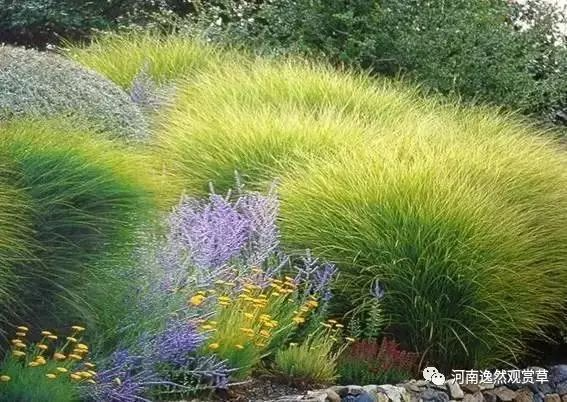
Rhythm and movement
Whenever the breeze blows, the leaves of the ornamental grass swing back and forth, rustling. In autumn, the ornamental grass planted in patches rise and fall with the wind, like waves rolling in the garden, showing dynamic beauty. The dynamic beauty and sound effects of ornamental grass are not possessed by ordinary ornamental plants. It can be used as an independent landscape, as a color block or planted on both sides of the road, and can achieve a good viewing effect. The graceful posture of the ornamental grass deeply moved us.
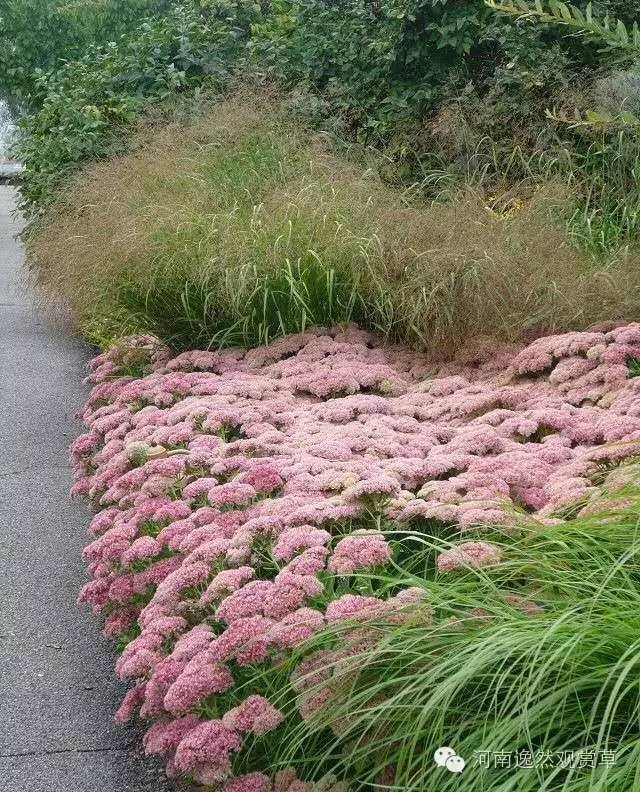
The unique ornamental and biological characteristics of ornamental grasses create good conditions for their use in gardens. Integrating ornamental grasses into garden landscape design is an inevitable trend of "learning from nature" in creating beautiful ecological spaces.
Planting form
1) Solitary Plant
Since ornamental grasses can have unique characteristics in height, inflorescence, color and texture, it is best to choose varieties with rounded plant shape or special colors, and avoid those spreading clumping ornamental grasses, so as to create a landscape focus. For example, Phragmites australis and Pampas grass are solitary ornamental grasses suitable for large spaces; Pennisetum is a solitary ornamental grass suitable for small spaces.

2) Row planting
Planting in rows will produce a strong perspective effect. Ornamental grasses can be planted in rows to strengthen the linearity of the site. Of course, their flexible characteristics can help alleviate the mechanical sense brought by the sequence. For example, after tall ornamental grasses are planted in rows, the depth of field is full; planting medium-sized Pennisetum in rows will produce a space with a sense of perspective; and planting low-growing ornamental grasses in rows is conducive to forming an interesting effect like land art. In addition to the application of plane composition, this landscaping method can also be extended to the vertical space to enrich the facade landscape space and form a layered three-dimensional image. For terrain with height differences, this treatment method is a good choice.
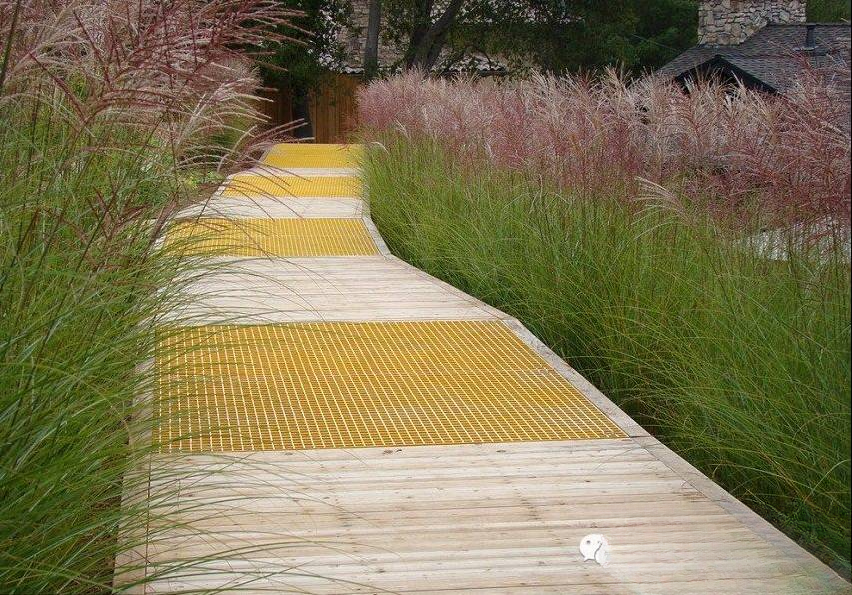
3) Planting
Ornamental grasses have a wild and interesting nature, making it easier to create a wilderness and open landscape. Planting creeping ornamental grasses along the highway can create a poetic atmosphere quickly and easily.
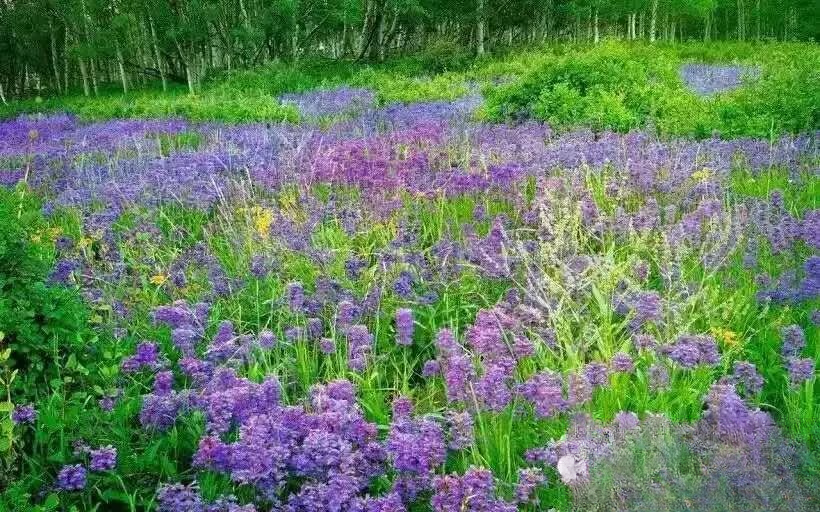
Combination with other plants
1) Combine with flowers
To see how the two can be combined, we must first understand the differences between them. Ornamental grasses have narrow linear leaves and stretched plant shapes, which are in sharp contrast to the broad leaves and compact plant shapes of flowers; ornamental grasses are mainly green, showing simplicity and nature, while flowers are gorgeous and delicate. Therefore, the combination of ornamental grasses and flowers can set off each other in form and color, creating a simple yet rich landscape effect. After all, flowers are bright and eye-catching when they are in full bloom, but they appear particularly depressed after the flowers fade. In contrast, the long-lasting ornamental value of ornamental grasses has a year-round ornamental effect, which can make up for the shortcomings of flowers and greatly extend the viewing time of the garden. For example, the combination of morning light with roses, peonies, and chrysanthemums, with elegant leaves and lively plant shapes, makes the flowers more colorful. As a background ornamental grass, Phragmites australis has dark green leaves and can reach a height of 4 meters, which is suitable for configuration with many taller flowers. The most widely used Pennisetum can form a sharp contrast no matter what kind of flowers it is planted with.
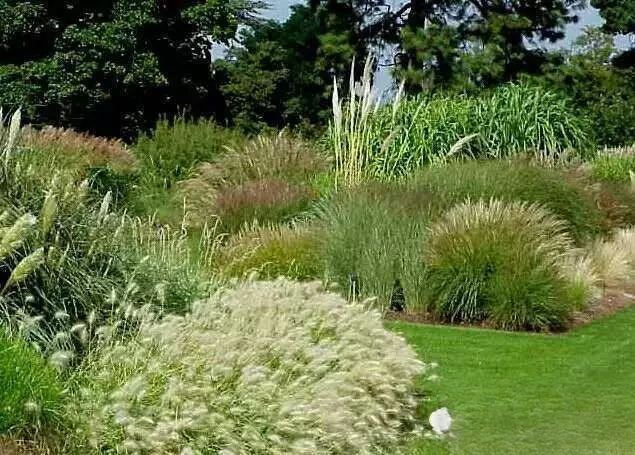
2) Configure with shrubs
Fast-growing ornamental grasses can reach a certain height in a relatively short period of time, so when combined with shrubs, they can easily create a solid and upright ornamental effect.
For example, the brightly colored red yew and morning glory, with their combination of hardness and softness, and complementary colors, make the landscape appear more harmonious; the slender, upward-growing Phragmites australis species and the flat-shaped Berberis vulgaris make the whole composition appear fuller; the combination of Phragmites australis and roses is refreshing to the eye.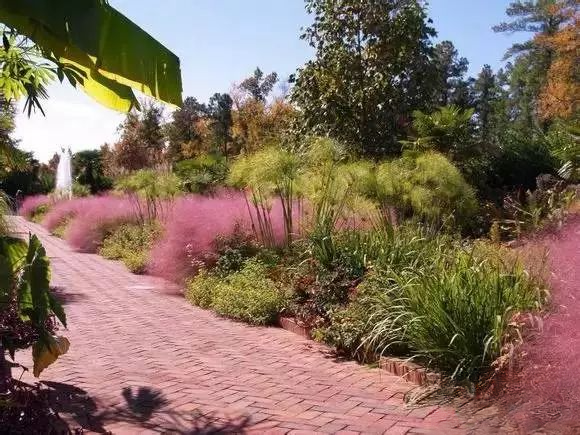
3) Multiple ornamental grasses are arranged together
There are many varieties of ornamental grasses, each with its own characteristics, and if these varieties can be advantageously blended together, the effect will be no less impressive than when paired with other plants.
For example, in the urban gardens of Melbourne, Australia, various ornamental grasses are fully utilized to create a comfortable and pleasant garden landscape; in the Van Dusen Botanical Gardens in Canada, ornamental grasses can be seen everywhere, full of wild interest.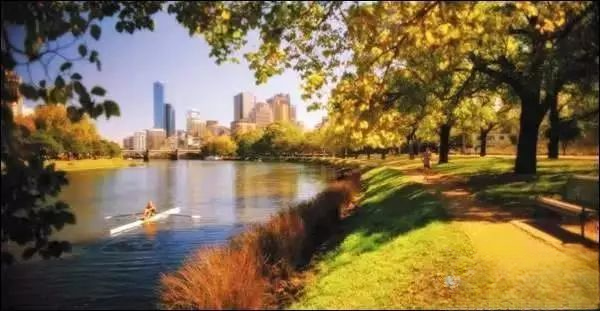
Matching with landscape elements
1) Match with natural landscape elements
In addition to matching with plants, landscape elements can also be introduced to complement ornamental grasses. In terms of paving, it is often matched with sand and stone to highlight the natural and simple texture; ornamental grasses are arranged next to wooden seats to make people feel friendly and warm; planting by the pool not only reflects the blue sky and white clouds, but also makes the graceful posture of ornamental grasses fully appear. Of course, it can also be combined with the changes in outdoor light to use silhouettes to form delicate miniature landscapes.
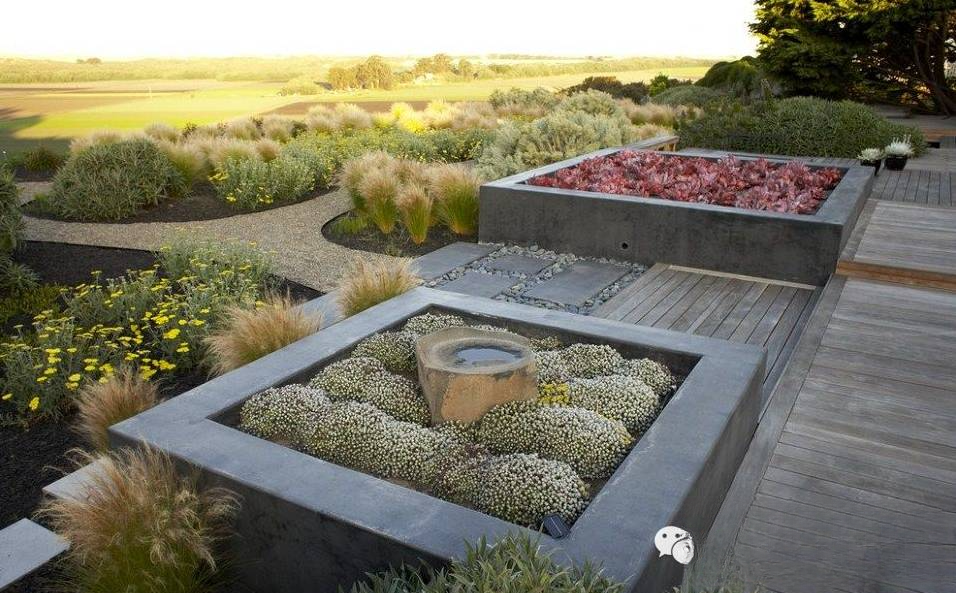
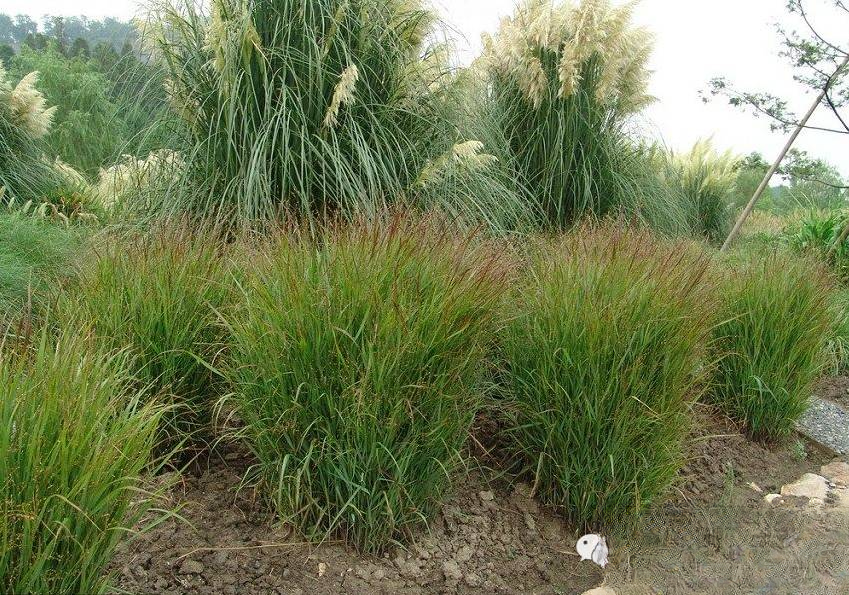
2) Match with architecture and small works
If you want to maximize the contrast between artificial and natural, you can combine ornamental grasses with non-living landscape elements to create a dramatic effect and unique charm. Many avant-garde landscape designers emphasize the use of ornamental grasses in lines, volume, color and texture to create a contrast with buildings and small pieces, achieving a touching and unforgettable effect.
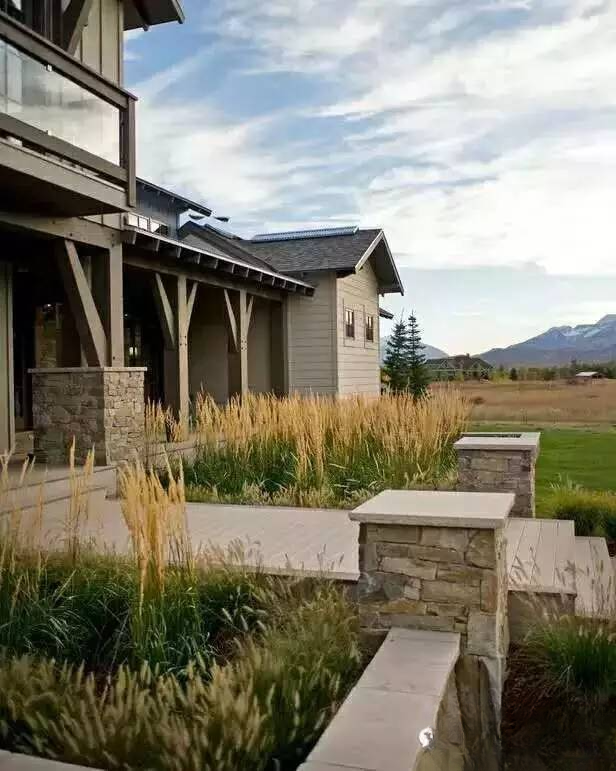
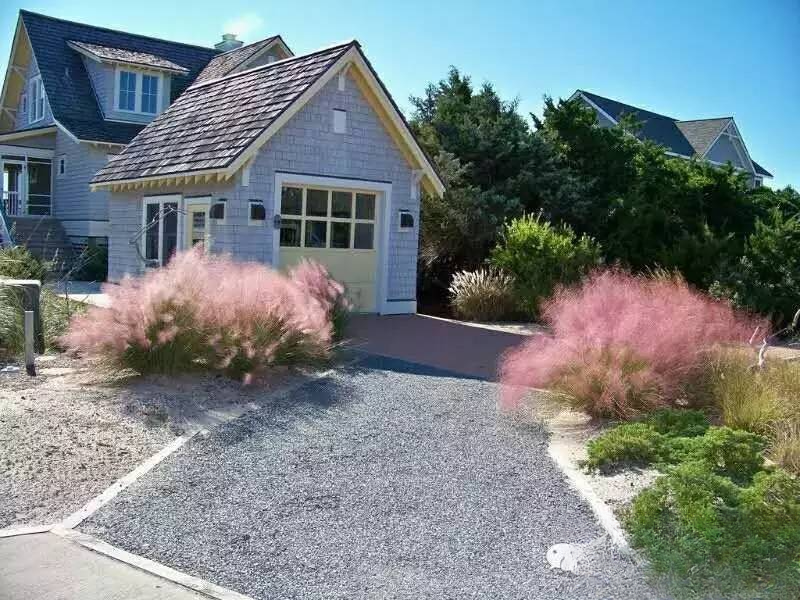
Ornamental grasses are highly practical and widely used, and can be integrated into various landscapes without any sense of incongruity.

Zhengzhou Yiran Thousand-acre Ornamental Grass Base welcomes you (Address: 1 km west of the intersection of Tianhe Road and the Yellow River Embankment, Huiji District, Zhengzhou City, within the Xianke Holiday Park, east of the horse farm.)